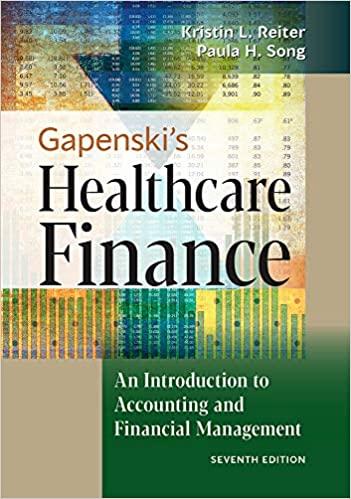Question
Q9 . Assume the stock price in the above problem is computed as $20 with a margin of error at 10%. Also assume the stock
Q9. Assume the stock price in the above problem is computed as $20 with a margin of error at 10%. Also assume the stock is currently trading at $18. Therefore:
a. This is a buy stock (recommend to buy)
b. This is a sell stock (recommend to sell)
c. This is both a buy stock and a sell stock
d. The margin of error is too narrow in this case
e. We take no action (do not buy; do not sell.)
Q10. Refer to the equation we discussed for computing the FCF (free cash flow.) A decrease in the net working capital, holding other variables constant, will
a. Decrease the FCF
b. Increase the FCF
c. Increase the net Income
d. Both b and c
Q11. You are buying 5 contracts of a call option with an exercise (strike price) of $100. You pay $10 premium per share. You exercise this option after three months when the stock price reaches at $130. The annualized rate of return in this trade is:
a. 10%
b. 100%
c. 400%
d. None of the above. My answer is ..
Q12. You are buying 5 contracts of a put option with an exercise (strike price) of $100. You pay $10 premium per share. The stock price reaches at $130 when the option is about to expire in three months. The rate of return for three months in this trade is:
a. $20
b. $30
c. -400%
d. -100%
e. None of the above. My answer is ..
Step by Step Solution
There are 3 Steps involved in it
Step: 1

Get Instant Access to Expert-Tailored Solutions
See step-by-step solutions with expert insights and AI powered tools for academic success
Step: 2

Step: 3

Ace Your Homework with AI
Get the answers you need in no time with our AI-driven, step-by-step assistance
Get Started


